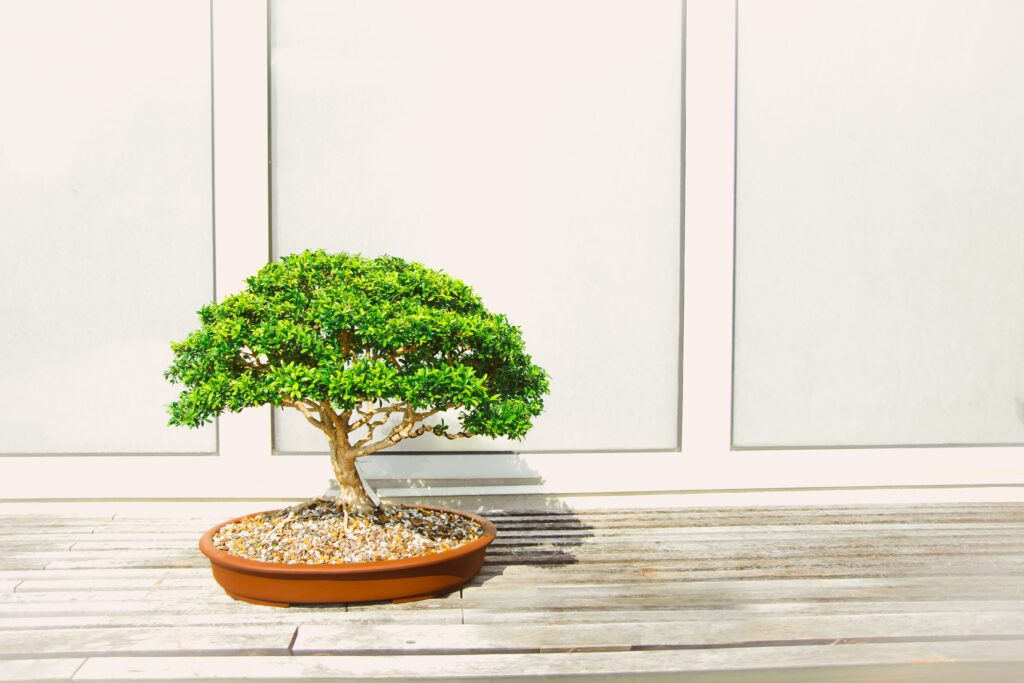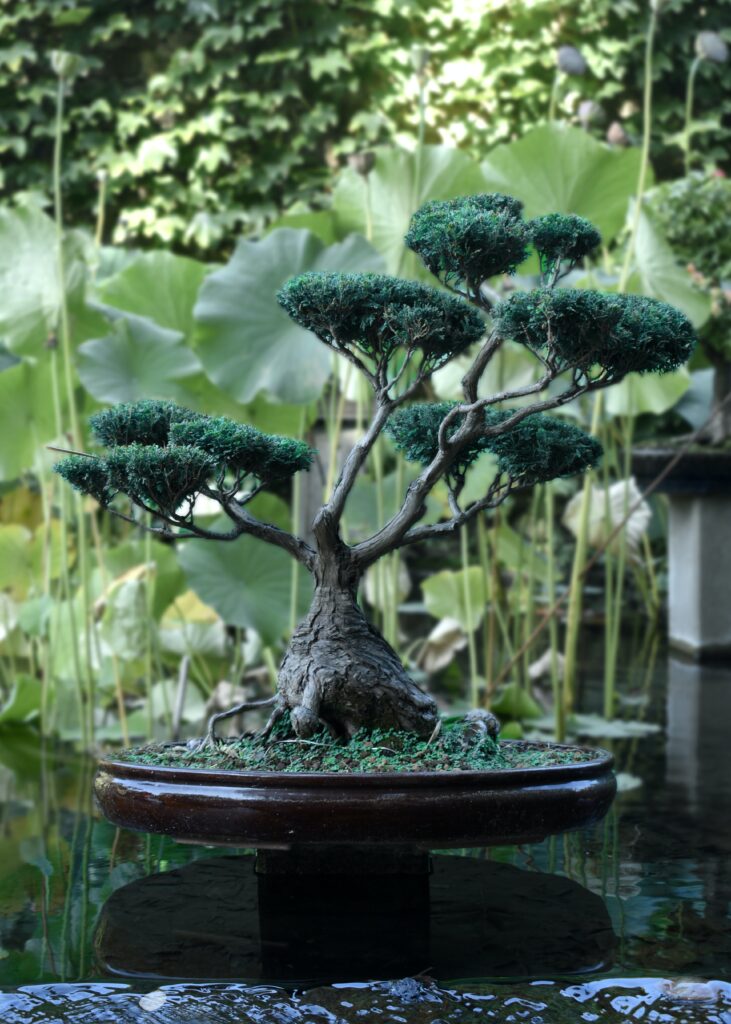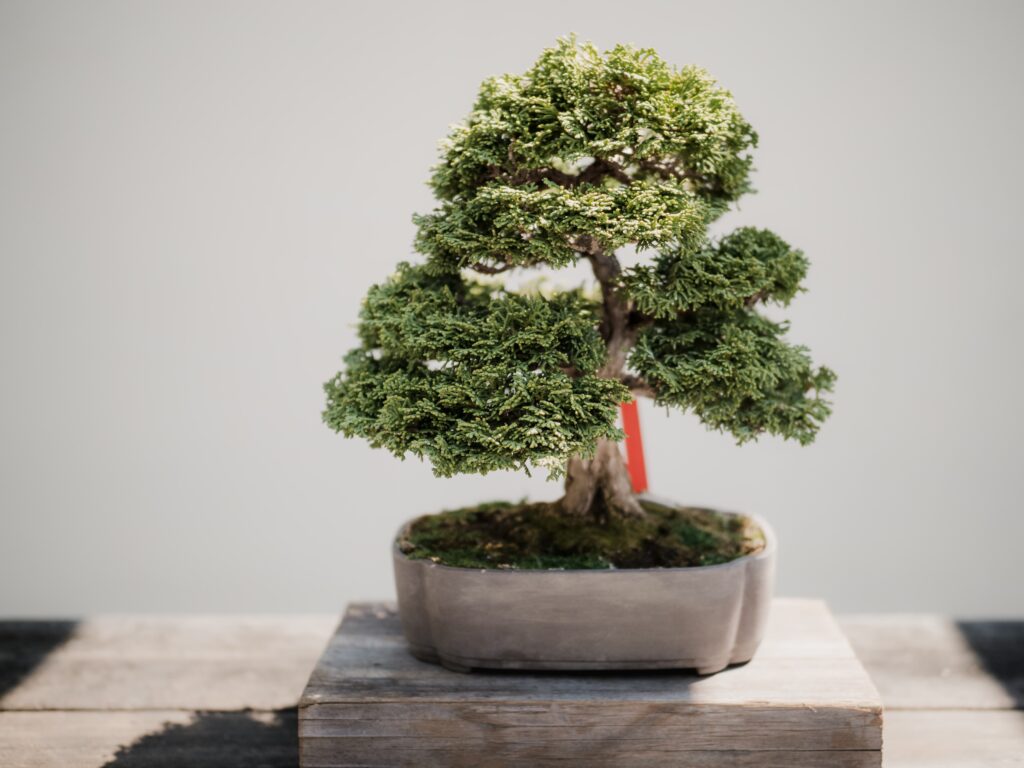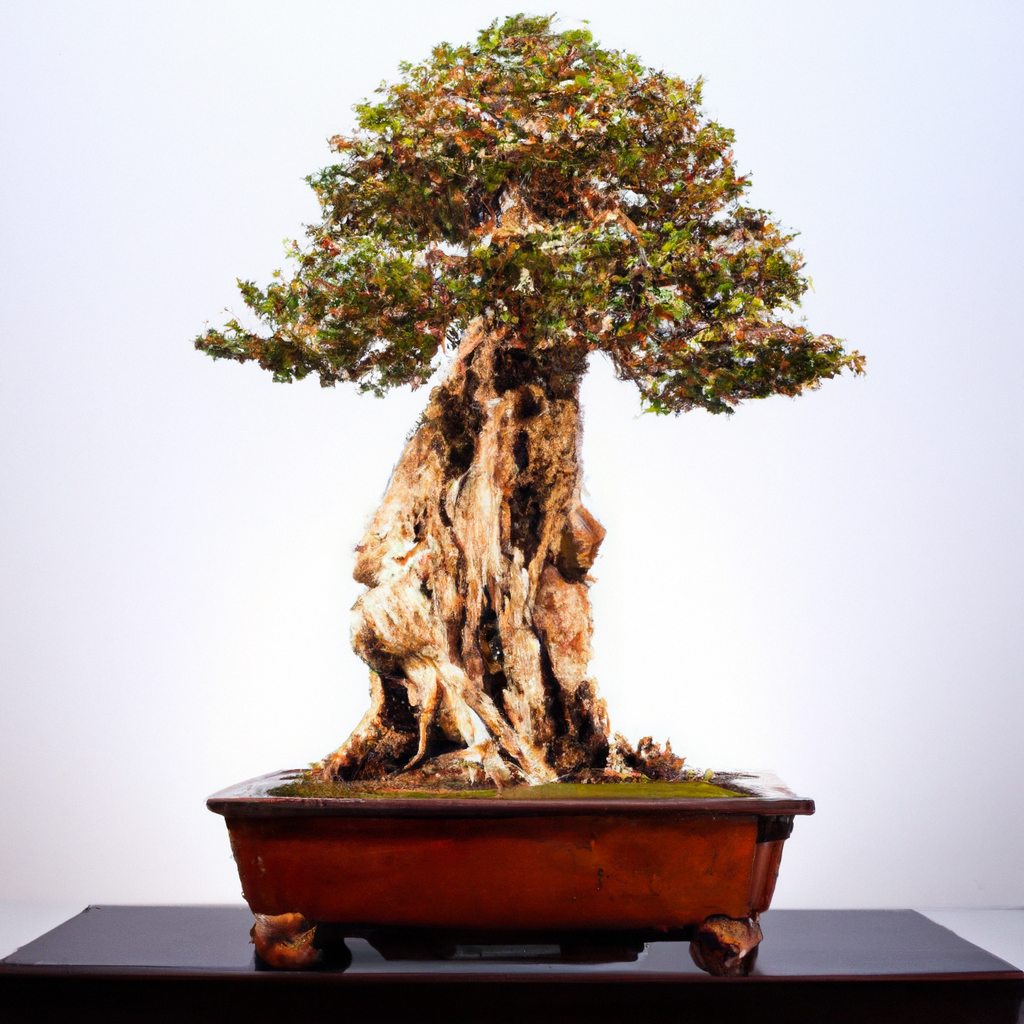
Imagine a world where trees are no longer limited to forests and gardens, but instead, become miniature marvels displayed on a global stage. This is the enchanting art form of bonsai. Across different countries, the interpretation of bonsai varies, reflecting the unique cultural perspectives and traditions within each nation. From the meticulous craftsmanship of Japan to the harmonious balance of nature and art in China, this article delves into the captivating world of bonsai and explores how its beauty transcends borders. Get ready to embark on a journey that unveils the diverse interpretations of this ancient art, showcasing the splendor of bonsai on the global stage.

Asia
Asia is known for its rich history and cultural traditions, which is evident in the way bonsai is practiced in different countries across the continent. Let’s take a closer look at three countries in Asia that have made significant contributions to the art of bonsai.
Japan
Japan is often regarded as the birthplace of bonsai, and it has played a pivotal role in shaping the art form into what it is today. The Japanese approach to bonsai focuses on precision and attention to detail. Formal Upright, Informal Upright, and Slanting are some of the bonsai styles that originated in Japan. The art of bonsai in Japan is deeply rooted in tradition and is often associated with Zen Buddhism, reflecting a minimalist and meditative aesthetic.
China
Bonsai has a long history in China, dating back thousands of years. Chinese bonsai styles lean towards a more natural and rugged look compared to the precisely manicured Japanese bonsai. In Chinese culture, bonsai is revered as a symbol of longevity and harmony with nature. The art of penjing, which is often considered a precursor to bonsai, also originated in China. Chinese bonsai styles include windswept, literati, and landscape, which aim to mimic the beauty of the natural world.
Korea
In Korea, the art of bonsai is known as bunjae. Korean bonsai emphasizes the beauty of simplicity and minimalism. The Korean bunjae style focuses on creating a sense of harmony between the pot and the tree, often utilizing unglazed clay pots or stone containers. Korean bonsai artists strive to create a sense of balance and tranquility in their compositions, reflecting the country’s deep appreciation for nature.
Europe
While bonsai originated in Asia, it has also gained popularity in various countries across Europe. Let’s explore how three European countries have embraced and interpreted the art of bonsai.
France
In France, bonsai has become a cherished art form and a means of artistic expression. French bonsai artists often draw inspiration from Impressionist paintings, incorporating soft and flowing forms into their compositions. The French bonsai tradition emphasizes the importance of storytelling through trees, with a focus on evoking emotion and conveying a narrative through carefully curated bonsai displays.
Germany
German bonsai enthusiasts have adopted a more avant-garde approach to the art form. They are known for experimenting with unconventional materials and incorporating contemporary design elements. German bonsai artists often challenge traditional norms and explore new techniques, pushing the boundaries of what bonsai can be. This innovative spirit has led to the development of unique and distinctive bonsai styles in Germany.
United Kingdom
In the United Kingdom, the art of bonsai has become increasingly popular, with a thriving bonsai community and numerous clubs and exhibitions. The British bonsai tradition is characterized by a strong focus on horticultural expertise. British bonsai artists are renowned for their expert knowledge of tree species and the meticulous care they provide to their bonsai. The United Kingdom has also developed its own bonsai styles, such as the naturalistic “woodland” style, which captures the essence of British landscapes.
North America
As bonsai has continued to spread its roots around the world, it has found a home in North America. Here’s a glimpse into how bonsai has been embraced and interpreted in three North American countries.
United States
In the United States, bonsai has evolved into a thriving and diverse art form with influences from various cultures. American bonsai artists draw inspiration from both traditional Japanese styles and the natural landscapes of North America. The American approach to bonsai often emphasizes individual creativity and personal expression, with artists experimenting with unconventional tree species and unique design concepts.
Canada
Canada’s bonsai community is known for its dedication to preserving the natural elements of the country’s landscape. Canadian bonsai artists often incorporate native tree species, reflecting a deep connection to the natural environment. The Canadian bonsai style celebrates the rugged and untouched beauty of the country’s wilderness, with an emphasis on creating bonsai that encapsulate the spirit of the Canadian landscape.
Mexico
In Mexico, bonsai has found its own unique expression through a fusion of cultural influences. Mexican bonsai artists often incorporate vibrant colors and bold designs, embodying the country’s rich artistic heritage. The Mexican bonsai style captures the vibrancy and energy of the local flora, with artists utilizing tropical tree species and incorporating traditional Mexican motifs into their bonsai compositions.
South America
South America is home to a diverse array of cultures, each with its own interpretation of bonsai. Let’s explore how bonsai has taken root in three countries in South America.
Brazil
Bonsai has gained significant popularity in Brazil, with a strong bonsai community and numerous clubs and exhibitions throughout the country. Brazilian bonsai artists often incorporate the principles of tropical gardening into their compositions, utilizing a wide variety of lush and vibrant tree species. The Brazilian bonsai style embraces the country’s tropical climate and exuberant flora, resulting in visually stunning and dynamic bonsai creations.
Argentina
In Argentina, bonsai is celebrated as an art form that combines both nature and science. Argentine bonsai artists place a strong emphasis on the horticultural aspects of bonsai, with a focus on tree health and cultivation techniques. The Argentine bonsai style often leans towards a more naturalistic and wild appearance, with an emphasis on showcasing the tree’s unique characteristics.
Colombia
Bonsai has gained traction in Colombia as a means of connecting with nature and promoting environmental awareness. Colombian bonsai artists often incorporate local tree species into their compositions, reflecting the country’s rich biodiversity. The Colombian bonsai style highlights the beauty of the Colombian landscapes, with artists striving to capture the essence of the country’s mountains, forests, and rivers in their bonsai creations.

Oceania
Oceania, with its stunning landscapes and diverse flora, has also embraced the art of bonsai. Let’s explore how bonsai has found its place in three countries in Oceania.
Australia
In Australia, bonsai has become a significant part of the gardening and horticultural scene. Australian bonsai artists often work with native tree species, showcasing the unique beauty and resilience of Australia’s flora. The Australian bonsai style often leans towards a more naturalistic and rugged appearance, with an emphasis on capturing the essence of the Australian outback and coastal landscapes.
New Zealand
New Zealand’s bonsai community is known for its strong emphasis on environmental sustainability and conservation. Bonsai artists in New Zealand often work with native tree species, incorporating Maori cultural elements into their compositions. The New Zealand bonsai style pays homage to the country’s pristine natural environment, with an emphasis on creating bonsai that reflect the harmony between humans and nature.
Fiji
In Fiji, bonsai has become a means of preserving and celebrating the country’s rich cultural heritage. Fijian bonsai artists often incorporate traditional Fijian motifs into their compositions, reflecting the country’s unique blend of influences from Polynesia, Melanesia, and Asia. The Fijian bonsai style embraces the lush tropical landscape of the islands, with artists utilizing a wide range of tropical tree species to create visually striking and culturally significant bonsai.
Africa
Africa’s diverse landscapes and vibrant cultural traditions have provided a fertile ground for the growth of bonsai. Let’s explore how bonsai has been embraced in three countries in Africa.
South Africa
Bonsai has gained popularity in South Africa, thanks to a dedicated community of bonsai practitioners. South African bonsai artists often work with indigenous tree species, showcasing the unique beauty of the country’s flora. The South African bonsai style often emphasizes the ruggedness and resilience of the African landscape, with a focus on creating bonsai that reflect the spirit of the country’s vast terrains.
Egypt
In Egypt, bonsai has found its place among the ancient cultural traditions of the country. Egyptian bonsai artists often draw inspiration from the country’s rich history, incorporating hieroglyphic motifs and ancient Egyptian symbolism into their compositions. The Egyptian bonsai style reflects the country’s desert landscape, with artists utilizing arid-weather tree species and creating bonsai that exude an aura of mystery and timelessness.
Morocco
Morocco’s unique blend of Arab, Berber, and European influences is reflected in the country’s approach to bonsai. Moroccan bonsai artists often incorporate vibrant colors, intricate patterns, and decorative elements into their compositions, reflecting the country’s rich artistic heritage. The Moroccan bonsai style celebrates the country’s diverse landscapes, from the Atlas Mountains to the Sahara Desert, and seeks to capture the essence of Morocco’s cultural tapestry.

Middle East
The Middle East has a long-standing horticultural tradition, and bonsai has found its place in this region as well. Let’s explore three Middle Eastern countries and how they have embraced bonsai.
Iran
In Iran, bonsai is cherished as a symbol of patience and devotion. Iranian bonsai artists often draw inspiration from Persian poetry and traditional art forms, incorporating delicate and intricate designs into their compositions. The Iranian bonsai style emphasizes the beauty of subtlety and elegance, reflecting the country’s rich cultural heritage.
Israel
In Israel, bonsai has become a means of bridging cultural divides and fostering peace. Bonsai artists from different backgrounds, including Israeli Jews, Arabs, and immigrants, come together to celebrate the art form. The Israeli bonsai style often embraces a fusion of cultural influences, with artists working with a variety of tree species to create bonsai that reflect the country’s diverse landscapes.
United Arab Emirates
Bonsai has gained popularity in the United Arab Emirates, thanks to the country’s growing interest in gardening and horticulture. Emirati bonsai artists often incorporate traditional Islamic geometric patterns into their compositions, reflecting the country’s cultural heritage. The Emirati bonsai style combines elements of desert landscapes with the vibrant palette of Middle Eastern art, resulting in visually stunning and culturally rich bonsai creations.
Bonsai Styles
Bonsai comes in a variety of styles, each with its own unique characteristics and aesthetic. Let’s explore three popular bonsai styles.
Formal Upright
The Formal Upright style is characterized by a straight, upright trunk with a tapered shape. The branches are evenly distributed, and the foliage is generally dense and symmetrical. This style reflects a sense of elegance and order, representing the tree in an idealized form.
Informal Upright
The Informal Upright style mimics the natural growth pattern of a tree in a more relaxed and organic manner. The trunk may have slight curves and bends, and the branches are irregularly spaced and positioned. This style aims to capture the essence of a mature tree growing in the wild, showcasing its unique character and beauty.
Slanting
The Slanting style features a trunk that slants to one side, creating a sense of movement and dynamism. The branches are often positioned to mimic the direction of the slanting trunk. This style symbolizes resilience and determination, as it is often seen in trees that have withstood strong winds or other adverse conditions.

Bonsai Tools
To shape and maintain bonsai, various specialized tools are used. Let’s explore three essential bonsai tools.
Shears
Shears are a versatile tool used for pruning and shaping bonsai. They have sharp, short blades that allow precise cutting of branches and foliage. Shears come in different sizes, with larger ones for heavier branches and smaller ones for more delicate work. They are designed to make clean cuts without causing excessive damage to the tree.
Concave Cutters
Concave cutters are designed for removing larger branches or sections of the trunk. They have a unique, semi-circular shape that allows for clean and smooth cuts, minimizing the scarring on the tree. The concave shape also promotes faster healing and helps the wound blend in with the surrounding bark.
Wire
Wire is an essential tool for shaping bonsai branches and trunks. It is wrapped around the branches and carefully adjusted to guide their growth in the desired direction. Bonsai wire comes in different thicknesses and materials, with each suitable for different tree species and branch sizes. Wire is often used to create intricate and detailed bends, giving the bonsai its distinctive form.
Bonsai Aesthetics
Bonsai aesthetics encompass various principles and concepts that guide the creation and appreciation of bonsai. Let’s explore three key elements of bonsai aesthetics.
Balance
Balance in bonsai refers to the distribution of visual weight within the composition. It involves harmonizing the tree’s primary features, such as the trunk, branches, and foliage, to create a sense of equilibrium. Balance can be achieved through symmetrical or asymmetrical arrangements, with the goal of creating a visually pleasing and harmonious bonsai.
Proportion
Proportion is related to the size and scale of various elements within the bonsai composition. It involves considering the relative sizes of the trunk, branches, foliage, and pot to ensure they are in harmony and create a natural-looking bonsai. Maintaining proper proportionality is crucial in creating a bonsai that appears well-proportioned and aesthetically pleasing.
Harmony
Harmony in bonsai involves creating a coherent and unified whole. It encompasses the overall composition, as well as the relationship between different elements, such as the tree, pot, and display stand. Harmony can be achieved through the careful selection of complementary colors, shapes, and textures, creating a sense of unity and balance throughout the bonsai.
As bonsai has spread around the globe, it has taken on unique interpretations in different countries, with each culture infusing its own aesthetic and artistic sensibilities into the art form. From the precise and meditative Japanese bonsai to the naturalistic and rugged Chinese bonsai, the art of bonsai continues to captivate and inspire people from all corners of the world. So whether you find yourself drawn to the traditional Japanese styles or are fascinated by the avant-garde approaches in Europe, bonsai offers a universal language through which we can appreciate the beauty of nature and the artistry of human creativity.
